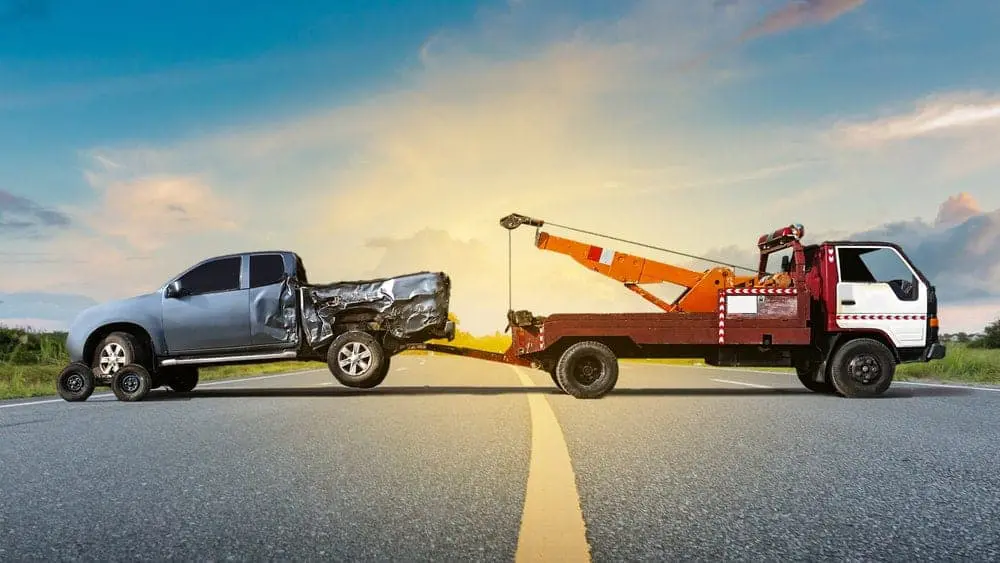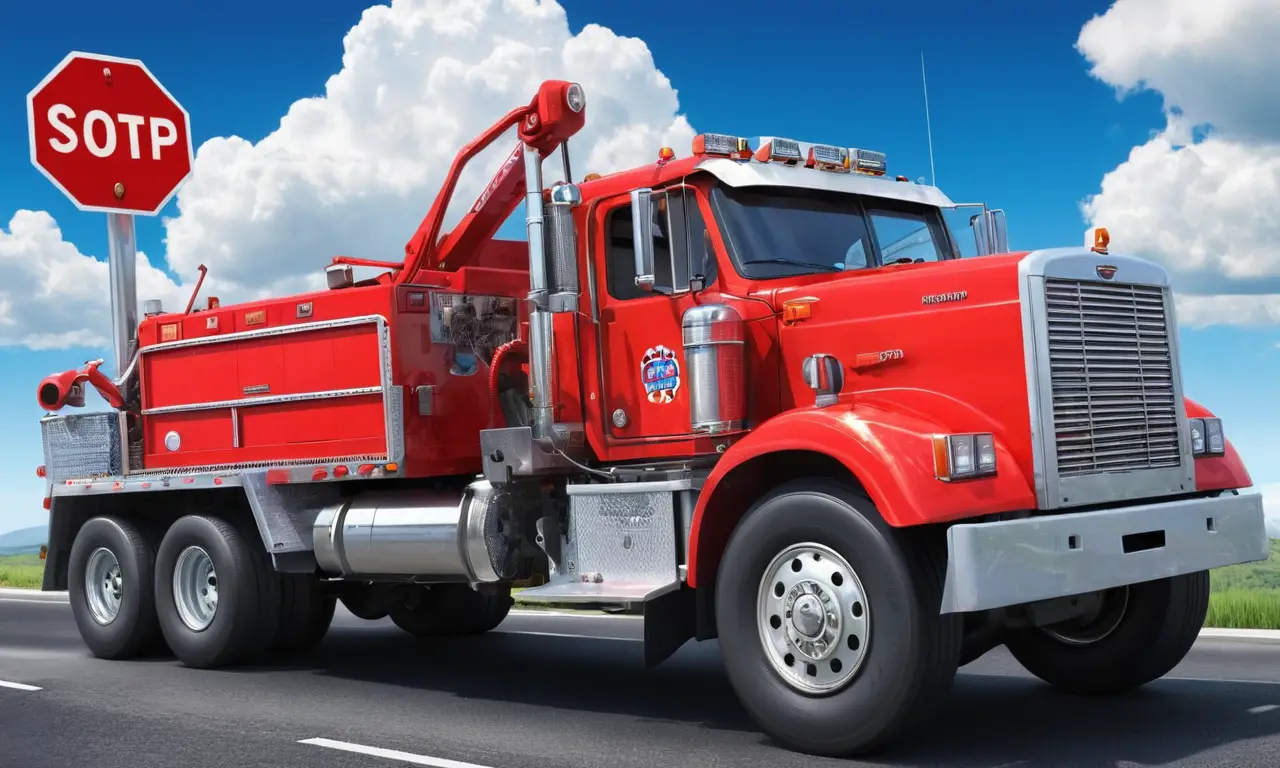
Ever found yourself stranded on the side of the road and wondered how a tow truck magically appears? While it might seem like magic, the process is actually quite straightforward. Tow trucks don’t possess some secret tracking device to pinpoint your location; instead, they rely on information provided by you, the caller.
This article will delve into the fascinating world of tow truck dispatching, explaining how they use your location and vehicle details to efficiently send help your way. We’ll explore the importance of accurate information, the role of dispatchers, and the steps involved in getting a tow truck to your exact location.
How Tow Trucks Find You
The answer to how do tow trucks know where your car is lies in the communication between you and the towing company. When you call for a tow, you provide crucial details that allow dispatchers to locate your vehicle and send the nearest available truck.
Tow trucks don’t inherently track cars; they rely on information provided by the caller. This includes your location, specific details about your vehicle, and any relevant circumstances like an accident or breakdown. By using this information, dispatchers can efficiently send a tow truck to your precise location, ensuring prompt and reliable service.
Location Information

Providing your exact location is paramount when calling for a tow truck. Dispatchers need to know where you are to send the closest available truck and minimize your wait time.
Be as specific as possible. Instead of simply saying “near Main Street,” provide landmarks, street names, mile markers, or even GPS coordinates if you have them. If you’re on a highway, mention the nearest exit or mile marker. The more precise your location, the faster the tow truck can find you.
Using Navigation Apps
Many people rely on navigation apps like Google Maps or Waze to determine their location. These apps often provide accurate coordinates and street addresses, which can be helpful when communicating with a tow truck dispatcher.
Simply share your current location from the app, ensuring it’s up-to-date and reflects your exact position.
Vehicle Details
Providing detailed information about your vehicle is equally important. This helps dispatchers determine the appropriate type of tow truck needed for your situation.
Share the make, model, year, and color of your vehicle. If you have a specific towing requirement, such as needing a flatbed tow or a specialized truck for a large vehicle, be sure to mention it.
Dispatching Process

Once you’ve provided your location and vehicle details, the dispatcher will use this information to locate the nearest available tow truck. They’ll consider factors like distance, traffic conditions, and the type of tow required.
The dispatcher will then contact the selected tow truck driver and provide them with your location, vehicle details, and any special instructions. The driver will then navigate to your location and assist you with your towing needs.
Importance of Accurate Information
Providing accurate information is crucial for a smooth and efficient towing experience. Inaccurate or incomplete details can lead to delays, confusion, and frustration.
Always double-check your location before calling, ensure you have the correct vehicle information readily available, and be clear and concise when communicating with the dispatcher.
Conclusion
The next time you find yourself needing a tow truck, remember that it’s not magic; it’s a well-coordinated process reliant on accurate information. By providing your location and vehicle details clearly and concisely, you can ensure a swift and efficient towing experience. So, the next time you call for help, rest assured knowing that dispatchers are working diligently behind the scenes to get a tow truck to your exact location as quickly as possible.
